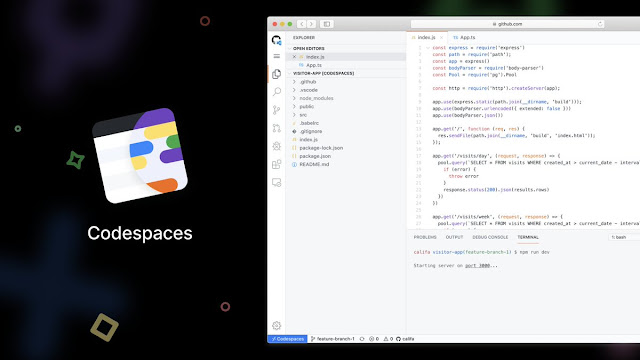Google’s Android search preference menu auction has been released, and DuckDuckGo was eliminated in most countries, which development did not augur well with the privacy search engine.
The move which is perceived as furthering of Google’s dominance in mobile search by boxing out alternative search engines, has been vehemently fought by DuckDuckGo, as most consumers want alternatives, and search engines like Google take most of their profits from the preference menu.
DuckDuckGo did not just call out Google for unfairly removing it from the Choice Screen Options Menu, but has also petitioned the European Commission (EC) to take action against Google.
Google’s search preference menu for Android devices in the European Union is based on a recurring auction model, whereby Google offers alternative search engines the chance to bid for three spots in each EU country, with all the proceeds going to Google alone.
While DuckDuckGo won a spot in the first auction, and Android users in Europe had the opportunity to pick DuckDuckGo as their default search engine. However, it’s unlikely that they will remain an option in next year's auctions, as those search engines that squeeze money out of people's personal information, including ISPs will participate in next year's auctions, which will easily outbid search engines like DuckDuckGo that respect people's privacy.
This auction process, proposed by Google, was conceived to make Google more money, not just to provide meaningful consumer choice, according to DuckDuckGo.
DuckDuckGo is proposing that auction should be halted, as history has already shown that it simply isn’t necessary. As recently, a search preference menu shifted Android market share in Russia without an auction.
Additionally, Microsoft created a successful browser preference menu in 2010 without an auction. In which case, the top five browsers by market share appeared in random order, followed by a second, randomly ordered tier and most importantly, no browser paid for a placement.
The move which is perceived as furthering of Google’s dominance in mobile search by boxing out alternative search engines, has been vehemently fought by DuckDuckGo, as most consumers want alternatives, and search engines like Google take most of their profits from the preference menu.
DuckDuckGo did not just call out Google for unfairly removing it from the Choice Screen Options Menu, but has also petitioned the European Commission (EC) to take action against Google.
What is Android search preference menu auction?
Google’s search preference menu for Android devices in the European Union is based on a recurring auction model, whereby Google offers alternative search engines the chance to bid for three spots in each EU country, with all the proceeds going to Google alone.
While DuckDuckGo won a spot in the first auction, and Android users in Europe had the opportunity to pick DuckDuckGo as their default search engine. However, it’s unlikely that they will remain an option in next year's auctions, as those search engines that squeeze money out of people's personal information, including ISPs will participate in next year's auctions, which will easily outbid search engines like DuckDuckGo that respect people's privacy.
This auction process, proposed by Google, was conceived to make Google more money, not just to provide meaningful consumer choice, according to DuckDuckGo.
What are the Solutions to the Search Preference Menu Auction issue
DuckDuckGo is proposing that auction should be halted, as history has already shown that it simply isn’t necessary. As recently, a search preference menu shifted Android market share in Russia without an auction.
Additionally, Microsoft created a successful browser preference menu in 2010 without an auction. In which case, the top five browsers by market share appeared in random order, followed by a second, randomly ordered tier and most importantly, no browser paid for a placement.








































